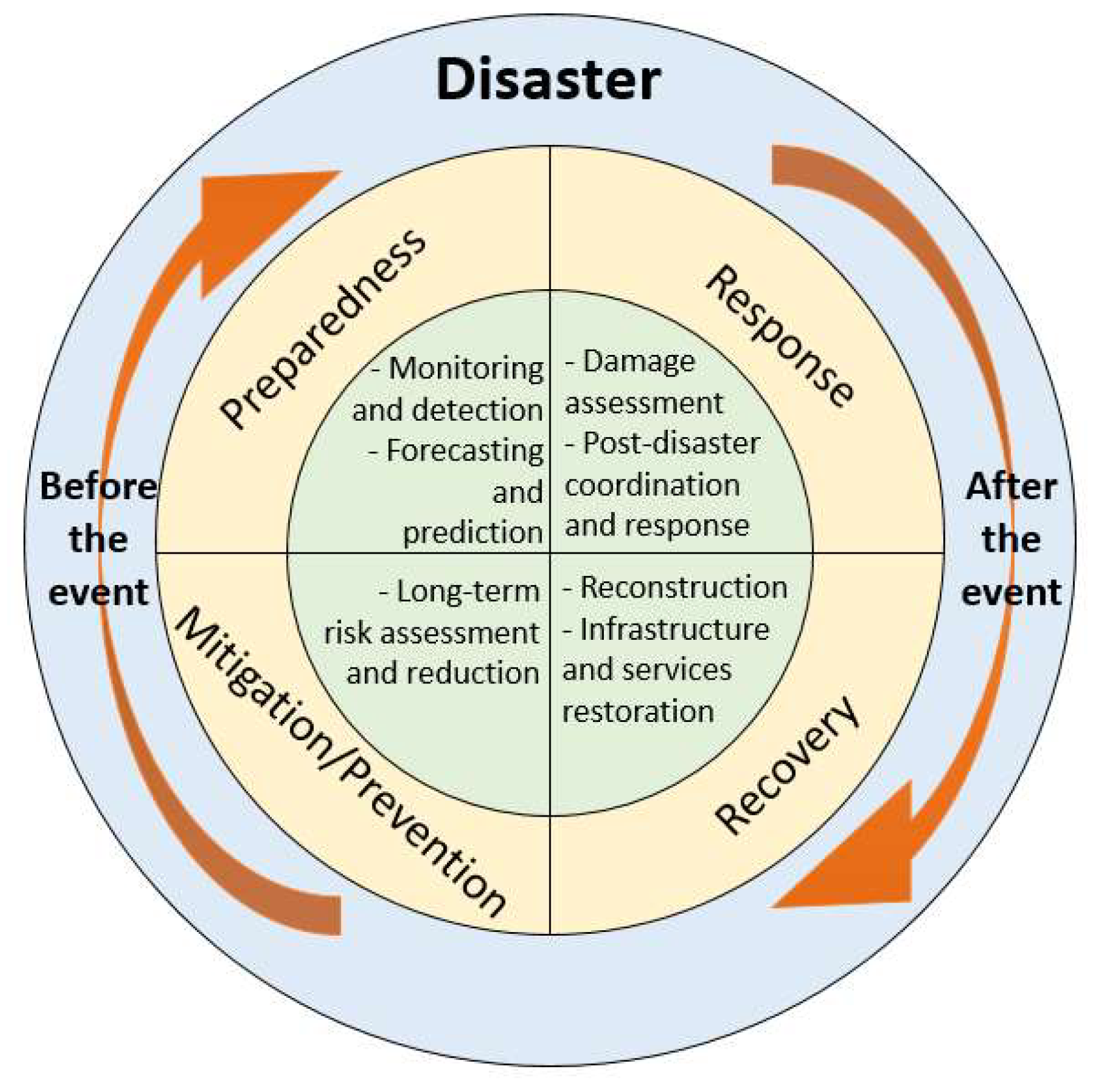Disaster management is an essential aspect of any modern society’s infrastructure. Whether it be natural disasters such as hurricanes, earthquakes, or wildfires, or man-made disasters like terrorist attacks or industrial accidents, being prepared and knowing how to respond can save lives and mitigate damage. In recent years, technology has played an increasingly vital role in disaster management, aiding in both preparedness and response efforts.
One of the key ways technology has improved disaster management is through better data collection and analysis. Through the use of sensors, satellites, and other monitoring devices, essential data can be collected in real-time, allowing emergency teams to make more informed decisions. For example, during a hurricane, sensors placed along coastal areas can provide data on wind speed, wave height, and storm surge, helping authorities determine evacuation zones and allocate resources accordingly.
In addition to data collection, technology has also revolutionized communication during disasters. Cellphones, social media, and other communication channels have enabled people to quickly report emergencies and receive critical information. Emergency alerts can be sent to millions of people in a matter of seconds, informing them of impending dangers and advising them on necessary precautions to take. This real-time communication has allowed authorities to reach a more significant number of people efficiently, potentially saving lives.
The Role of Technology in Disaster Preparedness
In recent years, the impact of natural and man-made disasters has been devastating, highlighting the need for effective disaster preparedness. Technology has emerged as a crucial tool in enhancing disaster preparedness and response efforts. By leveraging the power of technology, governments, organizations, and individuals can better anticipate, plan for, and mitigate the effects of disasters.
Early warning systems: One of the key areas where technology plays a significant role in disaster preparedness is through the development and implementation of early warning systems. These systems use various technologies, such as satellites and sensors, to detect and monitor potential disasters, such as hurricanes, earthquakes, and tsunamis. By providing timely and accurate information, early warning systems enable authorities to issue alerts and evacuate at-risk populations, saving lives and minimizing damage.
Communication and coordination: During a disaster, effective communication and coordination are vital for swift and efficient response efforts. Technology facilitates real-time communication and information sharing between different stakeholders involved in disaster management, including emergency responders, government agencies, and affected communities. From mobile apps that provide updates and instructions to social media platforms that allow for crowd-sourced information, technology enables better coordination and collaboration.
Technology in Disaster Response
In times of disaster, technology plays a crucial role in providing effective response and aid. From early warning systems to communication networks, technology has proven to be a valuable asset in saving lives and mitigating the impact of disasters.
Emergency Communication:
One of the most vital uses of technology in disaster response is emergency communication. During a crisis, traditional communication networks may be disrupted or overloaded. However, technologies such as satellite phones, mobile apps, and social media platforms enable survivors and relief workers to connect and communicate in real-time. These tools facilitate the dissemination of critical information, coordination of rescue efforts, and provision of timely assistance to those in need.
Data Gathering and Analysis:
Another significant role of technology in disaster response is the collection and analysis of data. Advanced technologies like drones, remote sensing, and geographical information systems (GIS) enable rapid assessment of the affected areas and identification of high-risk zones. This information is crucial for prioritizing response efforts and allocating resources effectively. Furthermore, data analysis tools help in tracking and predicting the spread of diseases, assessing the damage caused by disasters, and identifying potential vulnerabilities for future preparedness.
Innovative Solutions:
Technology also brings innovative solutions to disaster response. For instance, robotics and unmanned aerial vehicles (UAVs) can be used for search and rescue operations in areas that are inaccessible or too dangerous for human responders. Additionally, wearable devices and health monitoring systems assist in tracking the health status of affected individuals and ensuring timely medical interventions. Furthermore, advanced simulation models and virtual reality technologies aid in training responders for various disaster scenarios, improving their preparedness and response capabilities.
Collaboration and Coordination:
Technology fosters collaboration and coordination among different entities involved in disaster response. Platforms and software applications are developed to connect humanitarian organizations, government agencies, and volunteers, allowing them to share information, resources, and expertise. This interconnectedness enhances the efficiency of response efforts and ensures a more harmonized approach to disaster management.
Conclusion:
In conclusion, technology plays a pivotal role in disaster response by enhancing communication, facilitating data gathering and analysis, providing innovative solutions, and promoting collaboration. By harnessing the power of technology, we can improve our preparedness, response, and recovery capabilities, ultimately saving more lives and minimizing the impact of disasters.

